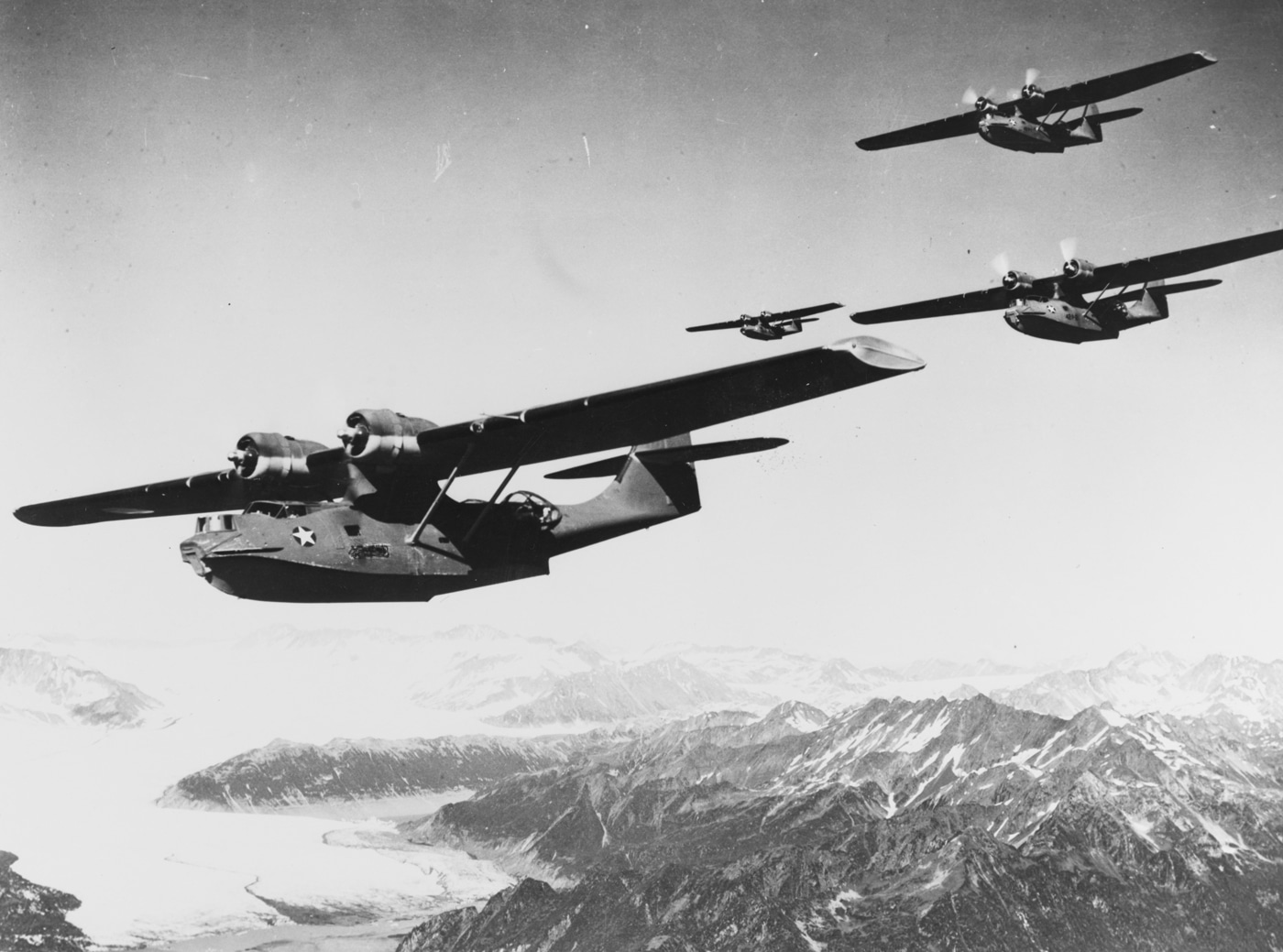The article, written by Friedrich Seiltgen, delves into the history and significance of the Consolidated PBY Catalina, a vital military patrol flying boat during World War II. Designed at the request of the U.S. Navy to counter growing Japanese influence in the Pacific, the Catalina was appreciated for its versatility, as it didn’t require runways and could perform various military tasks. The U.S. Navy also developed other flying boats like the Martin PBM Mariner and the larger Consolidated PB2Y Coronado alongside the Catalina.

Interestingly, the naming convention of the plane follows U.S. Navy protocols, with "P" for Patrol, "B" for Bomber, and "Y" as Consolidated's designation. It is believed that the name "Catalina" came from Reuben Fleet, Consolidated’s president, who supposedly suggested it to the Royal Air Force after the Catalina Island near California. The aircraft's impact during WWII was significant, aiding in reconnaissance, rescue missions, and bombing operations. The Black Cat Squadrons, flying matte-black Catalinas, were especially renowned for their effectiveness against enemy shipping in the Pacific Theater.
Despite its combat capabilities, the Catalina was also a symbol of ingenuity and versatility. It played various roles, from anti-submarine warfare to search and rescue operations. The aircraft was lauded for its aerodynamic design and was the most-produced flying boat of its era. The article pays tribute to its historical importance and the legacy it left as a multi-role military asset.
To learn more about the Catalina and its fascinating history, read the full article on Consolidated PBY Catalina: America’s Unsung World War II Hero?
No comments:
Post a Comment